Choosing the Best Cover for Your Boat, Part 1
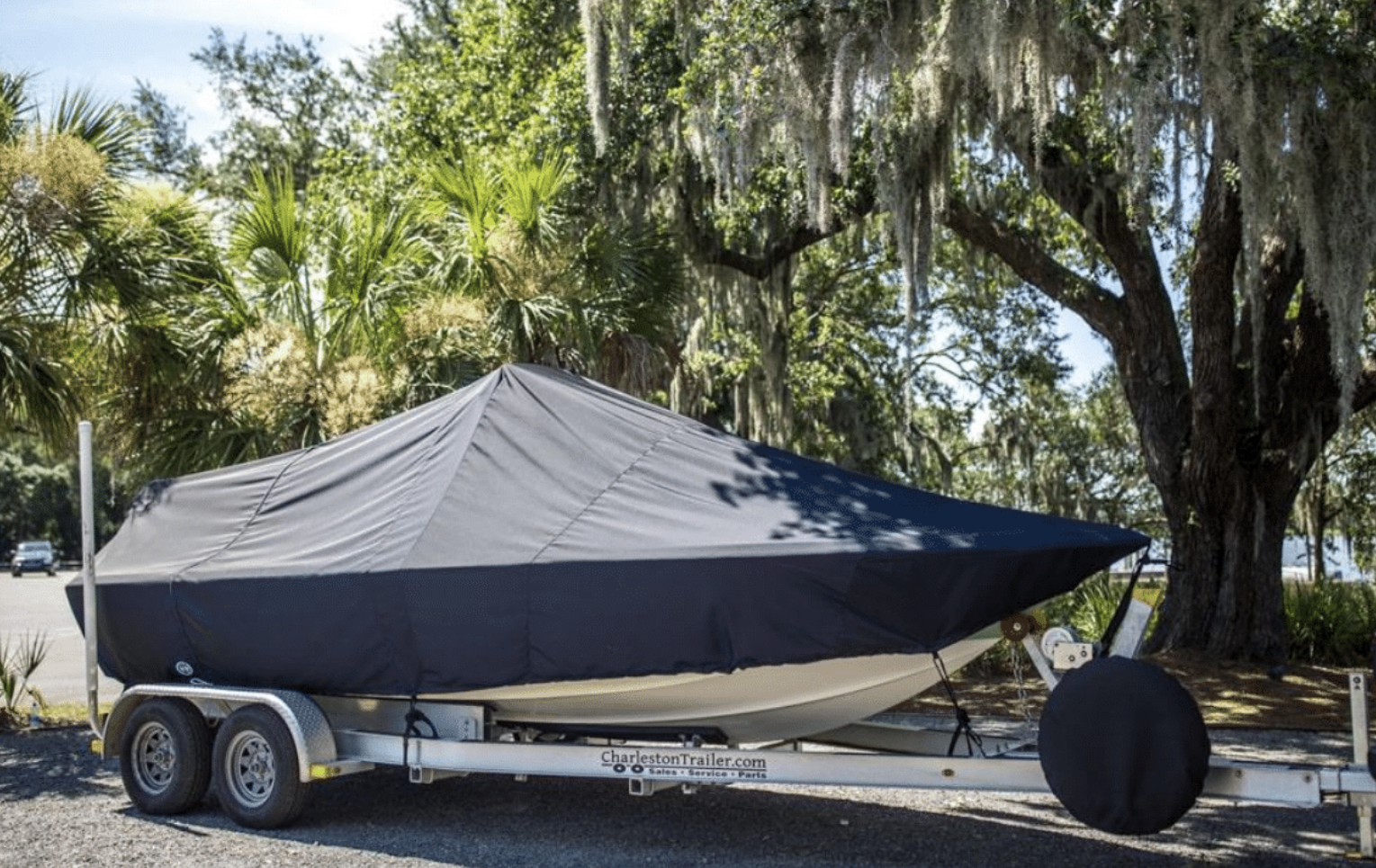
Keeping your boat new-looking is a challenge if it won’t fit into a garage or you can’t park it in a covered dock or storage building. Quality boat covers provide the needed protection from sun, rain, dirt, leaves and bird droppings, and also act as a deterrent against theft of small items left in the boat.
However, the range of prices—and of quality—is broad. As is usually the case, price is often an indicator of quality.
There are also a number of other parameters that you may want to consider when choosing a cover that will work for your particular boat and boat storage system.
How Boat Covers Are Designated
Covers are designated “Universal Fit”, “Semi-Custom” or “Custom” by most manufacturers.
Not surprisingly, the universal fit models are by far the least expensive because they are a one-size-fits-all solution. In reality, though, one size fits very few; some are not much more than rectangular tarps with tie-downs on the edges.
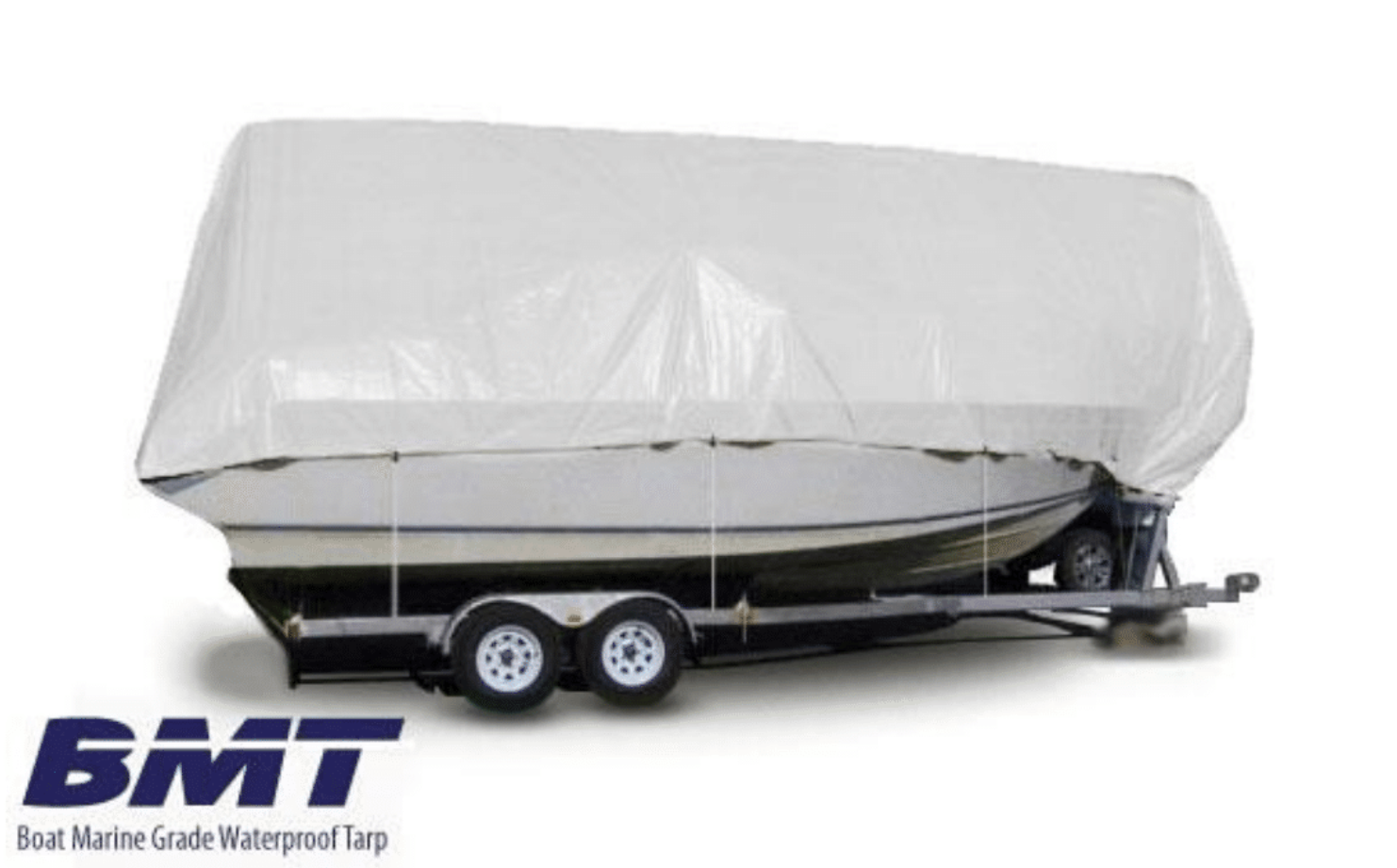
The universal fit designs are usually made of thinner and less durable fabric, as well, and the tie-downs are less robust. Some are basically rectangular tarps, but with adequate tiedowns they do keep rain off your boat and provide some sun protection.
Almost none are designed to leave on the boat during trailering due to wind stresses. They generally have short warranty periods of one to three years.
However, they cost just a fraction of what semi-custom and custom covers cost, with many under $200. If you need an inexpensive, quick and temporary solution, the universal cover can do the job.

Middle-grade covers designed to fit a particular style of boat are often designated semi-custom. That is, a cover may be built to cover the typical 20-foot center console or the typical 25-foot pontoon boat, but it may not fit your particular model very closely.
Some semi-custom covers are built of durable high-grade fabric and have stout buckles and straps that are a match for any custom cover. They cost more than the universal fit designs, but much less than custom-fitted covers.
They are also usually immediately available—they’re not made to order. They are usually warranteed for longer, as well. Prices vary from $250 to $600.

Custom covers, as the term implies, are literally sewn up on demand for your exact make and model of boat, assuring everything will fit exactly right. The straps and buckles are the best available, seams are both taped and stitched and the fabric will be premium-grade. They will be durable enough for extended trailering as well as withstanding severe wind and rain.
The warranty is likely to be 8 to 12 years, two or three times that of economy covers.
However, they are much more costly than other classes of covers, with prices between $1,000 and $1,800 for a typical 21-foot center console without a t-top.
Also, if you need a cover in a hurry, they may not be the best choice. Since custom covers are made to order, it requires from 10 days to 8 weeks to get your cover from the time you place your order.

Trailerable or For Storage Only?
If you keep your boat on a trailer and often trailer long distances, then a trailerable cover may be a big plus. The trailerable cover eliminates the film of road grit that often gathers on a boat during long hauls. The cover also prevents loose items from being blown out of the boat.
And they’re also somewhat of a deterrent to pilferage of small items from the boat when you stop for gas or if you overnight at a motel along the way. (A cover won’t stop determined thieves, of course, but impulse theft resulting from seeing your rods sitting there in easy reach can be avoided.)
Trailerable covers are generally built of more durable fabric and have a more robust tie-down system than those designed for storage only. This is because the effect of 70 mph wind buffeting the cover as you trailer on the Interstate can quickly destroy light-duty covers.
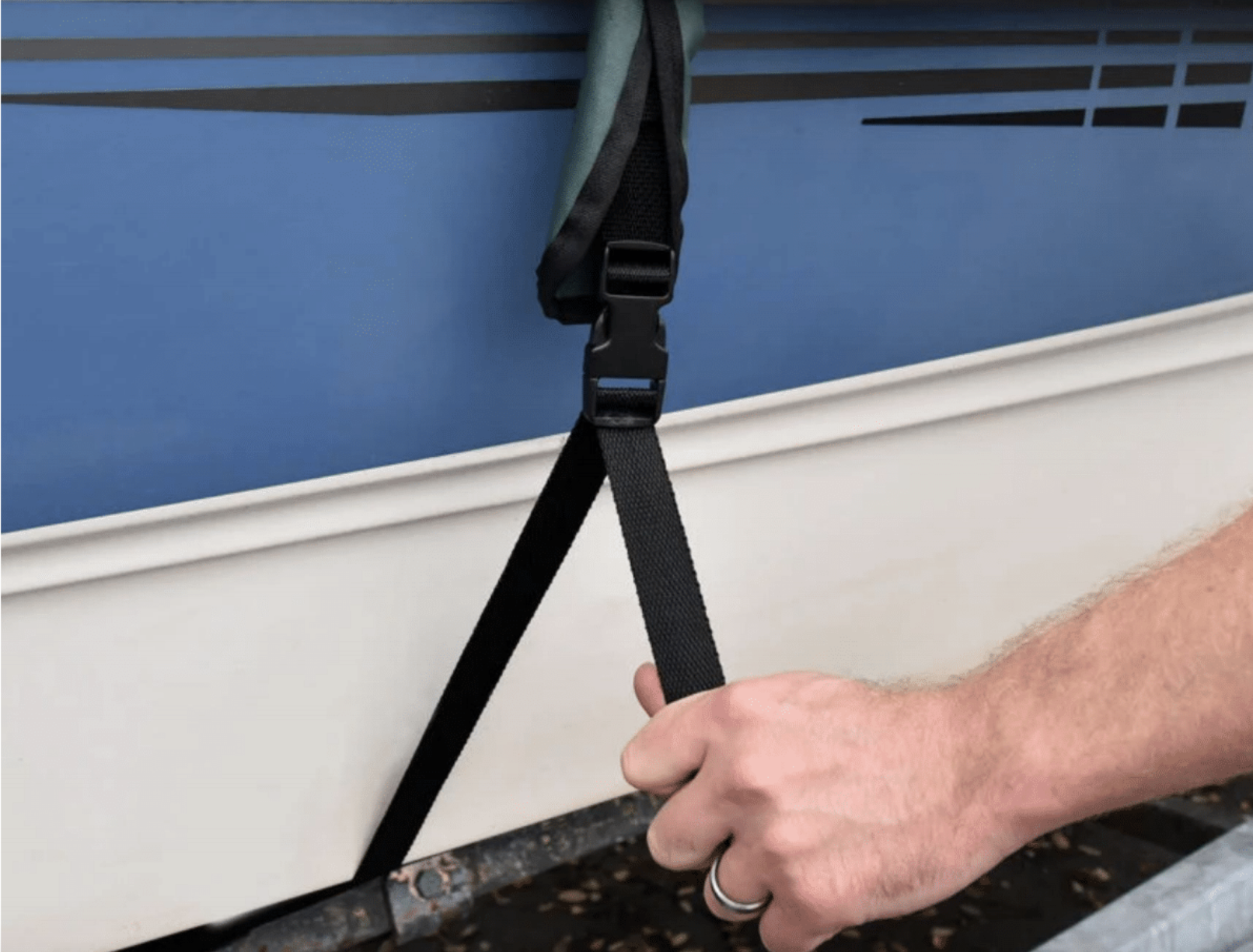
The tie-downs will typically be made of heavy nylon straps with adjustable composite buckles that latch around the frame of the trailer. The lightweight draw-string type tie-downs won’t do the job for a trailerable cover, though they might be OK for storage in your driveway.

Outboard Boat Motor Covers
Some boat covers are designed to fit over the outboard motor as well.

However, if yours is not, outboard motor covers are designed to offer protection for your outboard motor cowling, preventing the paint from fading. Most of these covers are trailerable, and are universal fit for a given horsepower.
However, if you own one of the newer outboards with a peaked cowl, manufacturers recommend you buy a size larger cover to account for the design.
Bows and Supports
Many covers, even those that are well-fitted, will collect pools of water where the fabric sags into pockets in the interior. This water eventually seeps in and causes mildew and mold on the cover and in the boat.
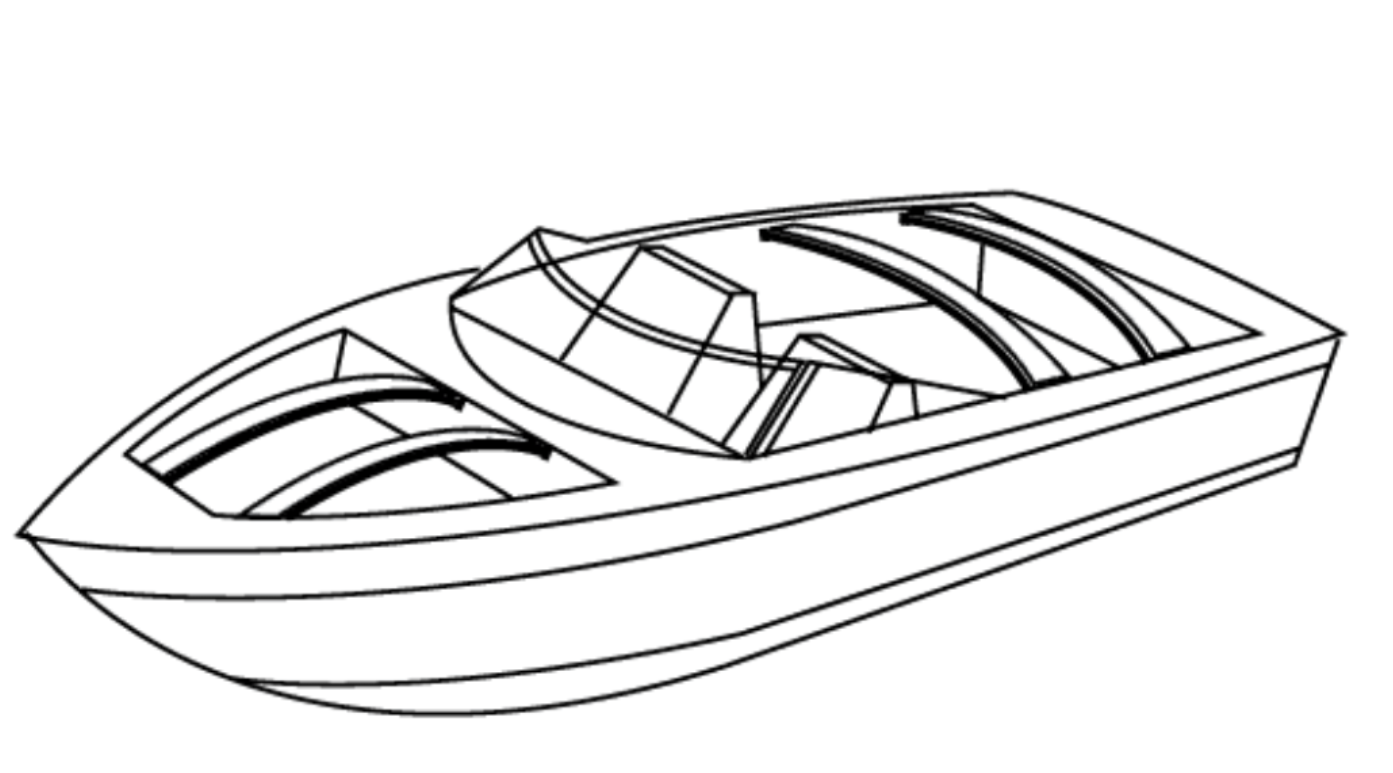
Supports or bows mounted in sockets are the sure and easy way to keep a boat cover taut and free from water-collecting pockets. Sockets can be mounted on the gunwales or on any rail system. Some bows are cut-to-fit designs—you order them longer than your boat is wide, and cut them to create a suitable arch that will cause water to run off your cover.
Bows from companies like Taylor-Made are solid fiberglass that can be cut to the needed length and then “bowed” into place to provide support. They’re about $30 for a set. The disadvantage is that the metal sockets, which are permanently mounted to the inside of the gunwales, are somewhat unsightly.
Other designs are based on free-standing support poles and straps that are secured to the trailer. These require no permanent attachments to the boat, though they take a few minutes to set up and take down each time you use the boat. Covercraft sells one that fits boats to 40’ LOA (12.2 M) for about $60.
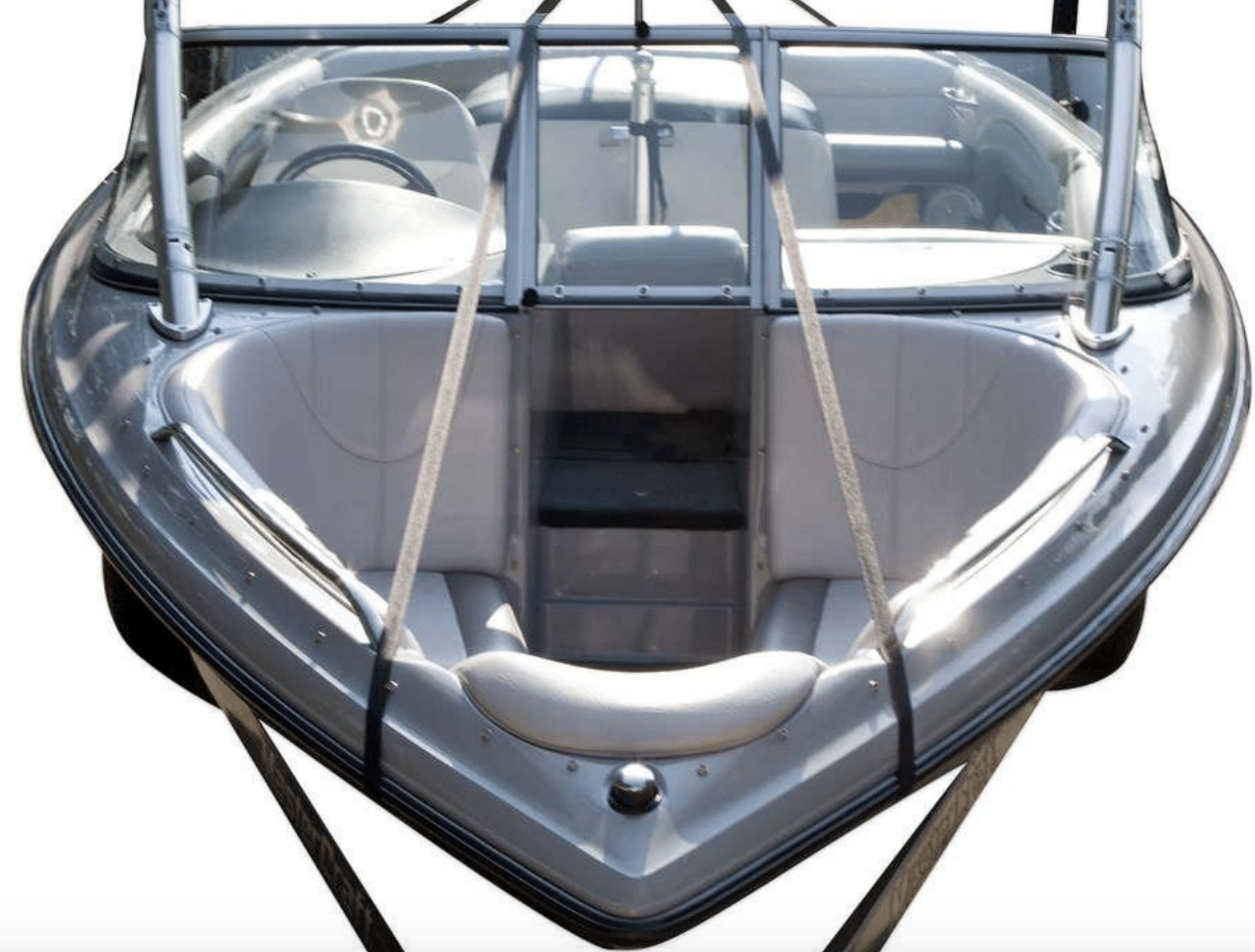
There are dozens of companies marketing boat covers, including a number of them that manufacturer their own in U.S. factories. Whatever level of cover your budget allows, you can find exactly what you need in the current crop. We’ll look at those in Part 2.